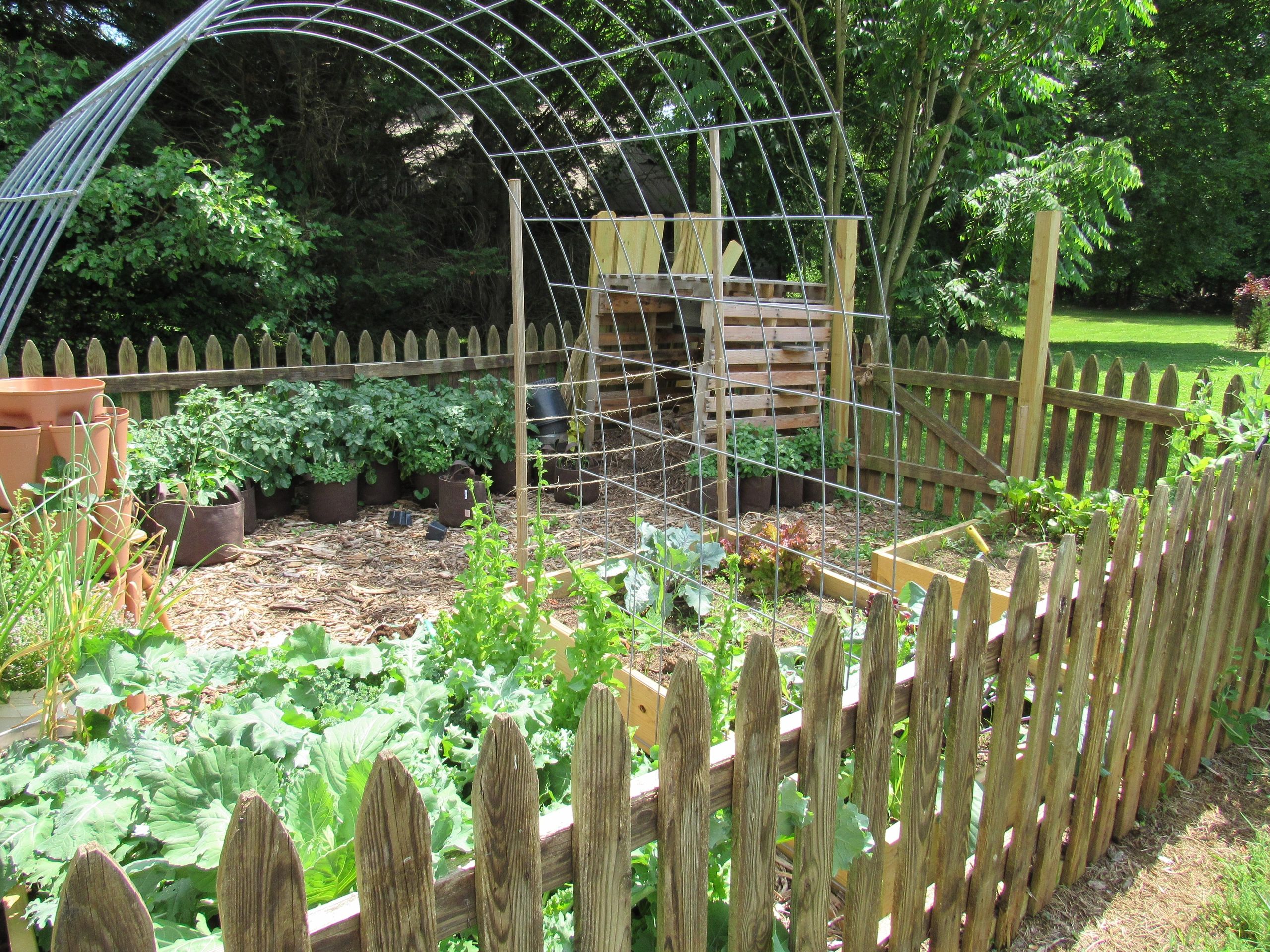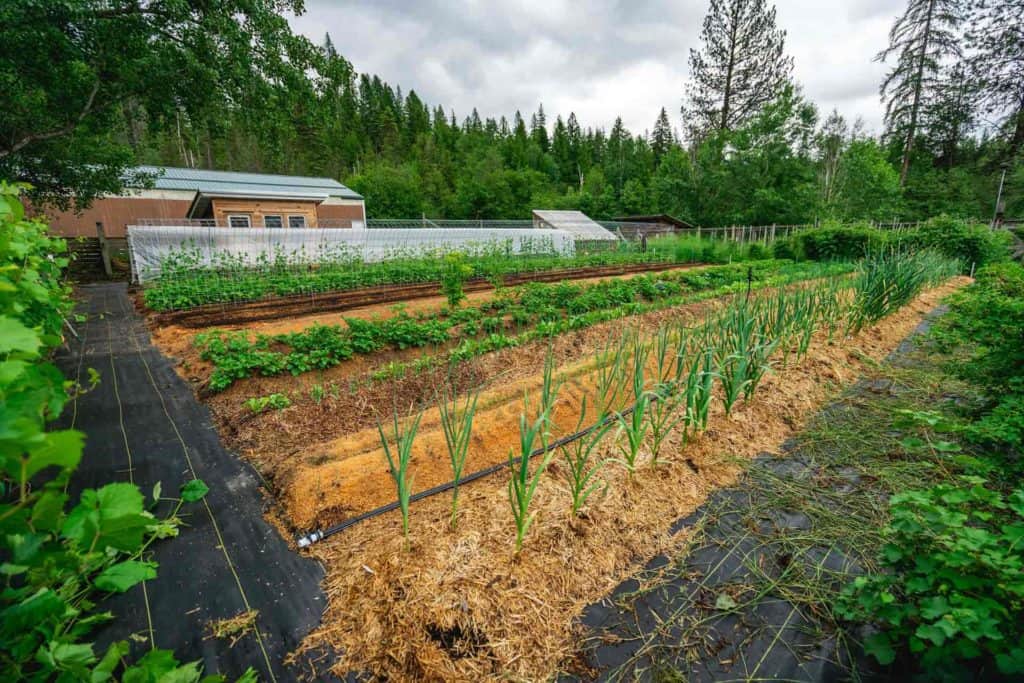Step-by-Step Guide to Homestead Gardening Effort
Step-by-Step Guide to Homestead Gardening Effort
Blog Article
Discover the Secrets to Producing a Efficient and beautiful Horticulture Space
Developing a productive and attractive gardening room is not merely an issue of planting veggies and flowers; it needs a tactical strategy that includes numerous important components. From selecting the right place based upon sunlight and soil kind to attentively designing your design and picking suitable plants, each decision plays an essential duty in the success of your garden. Additionally, recurring upkeep is important to maintain its elegance and productivity. As you ponder these variables, consider how they link to open the complete possibility of your horticulture endeavors. What specific methods can elevate your room past the common?
Picking the Right Area
Choosing the ideal place for your garden is crucial to its success and overall visual charm. The primary step in this process entails examining sunlight direct exposure, as many plants require a minimum of six hours of straight sunlight daily (Homestead Gardening). A south-facing yard usually receives the most light, while shaded locations can hamper growth and blooming
In addition, think about dirt high quality and water drainage. Well-draining soil is necessary to stop waterlogged origins, which can result in plant conditions. Conducting a dirt examination can supply valuable info regarding pH degrees and nutrient material, allowing you to modify the dirt appropriately.
Moreover, distance to water sources is another element to consider - Homestead Gardening. Having easy access to a hose pipe or watering system can simplify the watering process and urge constant plant treatment. Wind defense is also crucial; placing your yard near structures, such as fences or wall surfaces, can secure it from severe winds that might harm fragile plants
Lastly, take into consideration ease of access for upkeep and harvesting. A well-placed yard permits hassle-free access, guaranteeing that you can quickly often tend to your plants without creating undue stress and anxiety or disturbance. Thoughtful area choice lays the foundation for a growing garden.
Selecting Plants Carefully
When selecting plants for your garden, it's vital to consider factors such as climate, soil problems, and individual choices to make certain a unified and effective room. An extensive understanding of your regional environment will certainly lead you in selecting plants that thrive in your particular environment. For instance, picking drought-resistant selections is beneficial in deserts, while moisture-loving varieties might be better suited for areas with high rains.
Dirt conditions are just as critical; performing a soil test can disclose pH levels and nutrient web content, enabling you to choose plants that will certainly thrive. Native plants are usually an exceptional option, as they are generally well-adapted to local dirt types and call for less upkeep.
Show on your personal choices-- selecting plants that resonate with your visual preferences will certainly improve your satisfaction and dedication to preserving your garden. By meticulously reviewing these variables, you can develop a diverse and thriving plant selection that elevates your gardening experience.
Creating Your Garden Format
With a thoughtfully chosen plant option in hand, the next step is to develop a garden layout that optimizes both elegance and capability. Begin by analyzing the offered room, thinking about factors such as sunshine, wind, and color patterns. A well-planned design should include different zones, consisting of locations for growing, paths, and possibly seating.
Start with larger plants or prime focus, such as trees or high perennials, put strategically to produce visual rate of interest. Layer smaller sized plants in front to improve depth and texture. Consider the growth habits of your chosen plants; taller ranges ought to be placed at the back or facility of beds, while shorter ones can line the edges.
Integrating paths not just helps with access for maintenance however additionally welcomes expedition. Use products that enhance the yard's overall aesthetic, whether wood, crushed rock, or stone chips.
In addition, believe about seasonal adjustments and how your design will certainly look throughout the year. Incorporating evergreens together with seasonal flowers can make sure year-round charm. Ultimately, a well-designed garden design balances the all-natural appeal of plants with sensible considerations, causing a space that is both inviting and effective.
Enhancing Dirt Health

To improve soil wellness, start by conducting a soil test to examine pH degrees, vitamins and mineral content, and soil texture. Incorporate organic matter such as compost, well-rotted manure, or leaf mold and mildew to enhance dirt framework, water retention, and microbial task.
Mulching is an additional reliable strategy; it not only preserves wetness however likewise subdues weeds and gradually enhances the dirt as it breaks down. Avoiding too much tillage is critical, as it can interfere with dirt framework and injury valuable organisms. Instead, embrace no-till or minimal husbandry practices to keep dirt integrity.

Maintaining Your Garden Properly
A properly maintained garden is a source of satisfaction and efficiency, requiring regular focus to ensure that plants flourish and the landscape remains welcoming. Efficient garden maintenance includes a number of crucial methods that improve the health and wellness of your plants and the total visual of your room.
Routine watering is critical; nevertheless, it is very important to customize your watering schedule based on the particular needs of your plants and local climate problems. go to website Mulching can aid retain dampness, suppress weeds, and regulate soil temperature. In addition, timely weeding avoids competition for nutrients and resources, making certain that your plants flourish.
Pruning is one more important task. It motivates healthy and balanced growth, removes dead or diseased branches, and forms plants to keep an enticing structure. Furthermore, keeping track of for diseases and pests is vital; early detection and treatment can save your plants from considerable damage.
Fertilizing must be executed attentively, utilizing organic alternatives whenever possible to advertise long-lasting soil health and wellness. Finally, seasonal tasks such as growing, splitting perennials, and planning for wintertime will certainly guarantee your yard continues to be vibrant year-round. By adhering to these practices vigilantly, you can cultivate a yard that is both effective and lovely.
Conclusion
Picking a proper place with appropriate sunlight, selecting ideal plants, designing a visually pleasing layout, improving soil health, and guaranteeing normal maintenance are essential parts. By integrating these methods, one can grow a growing garden that not only improves the landscape however also promotes eco-friendly Bonuses balance and sustainability.
From choosing the right location based on sunlight and dirt type to thoughtfully developing your design and choosing ideal plants, each choice plays an essential function in the success of your yard. Well-draining dirt is essential to avoid waterlogged roots, which can lead to plant conditions.When selecting plants for your yard, it's necessary to take into consideration variables such as environment, soil conditions, and personal choices to make certain a productive and unified room. Inevitably, a well-designed yard layout balances the all-natural appeal of plants with useful factors to consider, resulting in a space that is both welcoming and productive.

Report this page